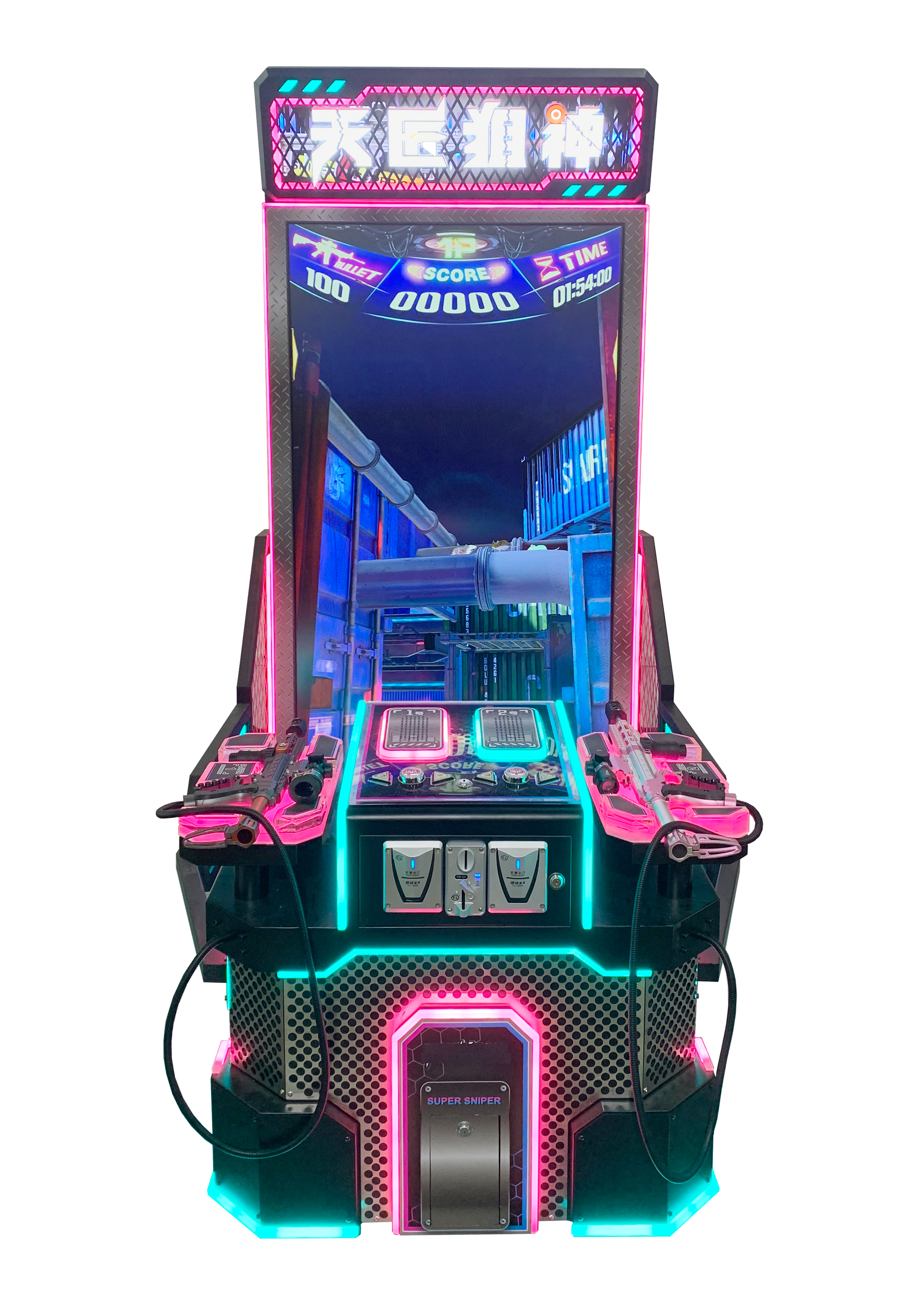Ticket redemption games boost arcade engagement by rewarding skill and persistence with tangible prizes, while high scores, cabinet designs, credit systems, and joysticks enhance the gaming experience and foster a competitive, interactive atmosphere.
Table of Contents
ToggleTicket Redemption
Ticket redemption is a cornerstone of the arcade experience, transforming gameplay success into tangible rewards. Players earn tickets by achieving high scores or completing specific game challenges. These tickets can then be exchanged for various prizes, ranging from small trinkets to high-value items like electronics or plush toys.
The Process of Ticket Redemption
- Earning Tickets: Players earn tickets by playing games designed to reward skill and luck. Popular examples include skee-ball, basketball hoops, and coin pushers. For instance, skee-ball can yield an average of 10 tickets per game, depending on the player’s performance. The more skill a player exhibits, the more tickets they can earn, encouraging repeated play.
- Collecting Tickets: Modern arcades often use digital systems where tickets are automatically credited to a player’s card, simplifying the collection process. In traditional arcades, players gather paper tickets that are dispensed from the machines.
- Prize Selection: Arcades feature a prize counter where players can browse and choose rewards. Items are typically categorized by ticket value, with smaller prizes starting at around 50 tickets and larger ones requiring thousands of tickets. For example, a small toy might cost 100 tickets, while a gaming console could be worth 20,000 tickets.

Benefits and Popularity
Ticket redemption games are popular due to their dual appeal: the immediate gratification of earning tickets and the long-term goal of saving up for larger prizes. This system encourages repeat play and increases overall engagement in the arcade environment. Studies have shown that arcades with ticket redemption games see up to a 30% increase in player retention.
High Score
Achieving the high score in an arcade game is a badge of honor, reflecting a player’s skill and dedication. High scores are prominently displayed, motivating players to improve and compete against others. This feature not only adds a competitive edge but also creates a sense of community among players.
How High Scores Work
- Recording Scores: Games record the highest scores achieved and often allow players to input their initials or gamer tags. This personal touch makes the achievement feel unique and memorable.
- Leaderboard Updates: These scores are updated in real-time, maintaining a dynamic and competitive atmosphere. In a popular game like Pac-Man, high scores can range from tens of thousands to millions of points.
- Incentives: Some arcades offer special rewards for achieving top scores, such as free game credits or exclusive prizes. This incentivizes players to keep pushing their limits.
Cabinet
The cabinet is the physical housing of an arcade game, encompassing all essential components such as the screen, controls, and internal hardware. Cabinets are designed for durability and visual appeal, often featuring vibrant artwork and ergonomic controls.
Types of Cabinets
- Stand-Up Cabinets: The most common type, typically featuring a joystick and buttons. Stand-up cabinets are popular for their straightforward design and ease of use.
- Cocktail Cabinets: Low tables with controls on either side, allowing two players to sit and face each other. These cabinets are ideal for social gaming, providing a more relaxed and interactive experience.
- Deluxe Cabinets: Feature advanced setups like racing seats or light guns for immersive gameplay. Deluxe cabinets often come with additional features such as force feedback in racing games or motion sensors in shooting games.
Popular Games
- Stand-Up Cabinets: Classics like “Street Fighter” and “Donkey Kong.”
- Cocktail Cabinets: Retro games like “Pac-Man” and “Space Invaders.”
- Deluxe Cabinets: Modern titles like “Daytona USA” and “Time Crisis.”
Credit
A credit is the currency used to play arcade games, traditionally purchased with coins or tokens. Modern arcades often use card systems where credits are loaded onto a player’s card, making transactions more seamless.
How Credits Work
- Purchasing Credits: Players buy credits at a kiosk or counter. A typical game might cost 1 to 4 credits per play, with packages offering better value for larger purchases. For example, $20 might buy 100 credits, while $50 could get 300 credits.
- Using Credits: Credits are deducted from the card or token each time a game is started. This system allows players to manage their spending more easily and encourages them to play more games in a single visit.
Advantages of Card Systems
- Convenience: Eliminates the need for carrying coins or tokens.
- Tracking: Allows players to track their usage and remaining credits.
- Promotions: Arcades can offer bonuses or discounts through their card systems, such as double credits during special events.
Joystick
The joystick is a primary control device in many arcade games, allowing players to navigate and interact with the game environment. Joysticks are designed for precision and durability, capable of enduring heavy use.
Types of Joysticks
- Digital Joysticks: Offer eight-directional control, ideal for classic arcade games like Pac-Man and Street Fighter. Digital joysticks provide quick and responsive movements, essential for fast-paced games.
- Analog Joysticks: Provide more nuanced control, often used in modern racing or flight simulation games. Analog joysticks allow for smoother and more precise movements, giving players greater control over their gameplay.
Usage in Popular Games
- Digital Joysticks: Common in fighting games and platformers.
- Analog Joysticks: Used in driving games and flight simulators, where precision control is crucial.








